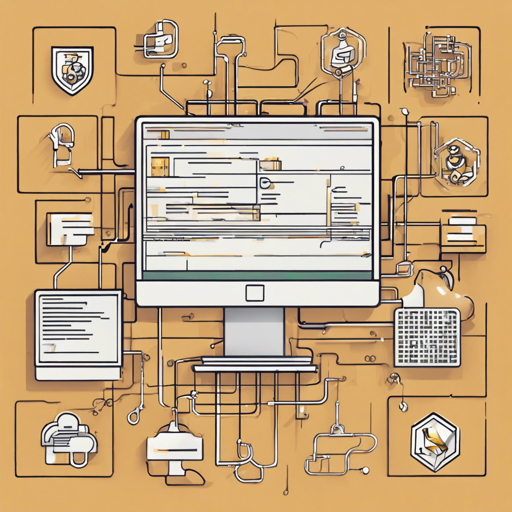Blockchain-Python is a straightforward implementation of a blockchain system coded in Python. It provides a great opportunity for studying the inner workings of a blockchain, featuring components such as mining, transaction management, and node communication. Let’s take a closer look at how to get started with this implementation!
Installation Steps
Before we dive into the usage, it’s important to have the right environment set up. Follow these simple steps to install Blockchain-Python:
- Ensure that you have Python 3.6+ installed on your machine.
- Clone the repository using Git by executing the following command in your terminal:
- Navigate into the cloned directory:
$ git clone https://github.com/Carlos-Zen/blockchain.git$ cd blockchainUsage Guide
Now that you have the installation set up, let’s explore how you can use Blockchain-Python:
Create an Account
$ python console account createThis command creates a new account in the blockchain.
Start Mining
$ python console miner start 3008This command starts the miner on port 3008, helping to create new blocks.
Manage Transactions
To handle transactions, you can use the following commands:
- Transfer funds:
$ python console tx transfer from_address to_address amount - List all transactions:
$ python console tx list - View the blockchain:
$ python console blockchain list
Node Network Setup
If you wish to create a network of nodes, perform the following steps:
- Copy the code resource to a new directory.
- Start the miner on the first node before running subsequent nodes:
$ cd another_blockchain_directoryThen add the node:
$ python console node add 3008And run it:
$ python console node run 3009 - Once a new block is mined, it and its transactions will be broadcast to other nodes.
Understanding the Code: The Blockchain Analogy
Consider the blockchain as a series of school report cards, where each card is a block. Each report card lists students’ grades—these represent the transactions associated with that block. Just like a teacher (miner) must validate and issue each report card based on prior achievement, each new block is created by verifying previous blocks’ hashes and conducting a complex calculation to ensure integrity. The final result is each report card securely linked to the last, forming a chain of trust (the blockchain).
Troubleshooting Common Issues
If you encounter issues during installation or while using Blockchain-Python, here are some troubleshooting tips:
- Ensure your Python version is compatible (3.6 or higher).
- Double-check that you are in the correct directory when running commands.
- Verify that the ports you are using for your nodes are not occupied by other processes or applications.
- If nodes don’t communicate, confirm that you have added each node’s IP and port correctly.
- For more insights, updates, or to collaborate on AI development projects, stay connected with **fxis.ai**.
At **fxis.ai**, we believe that such advancements are crucial for the future of AI, as they enable more comprehensive and effective solutions. Our team is continually exploring new methodologies to push the envelope in artificial intelligence, ensuring that our clients benefit from the latest technological innovations.

